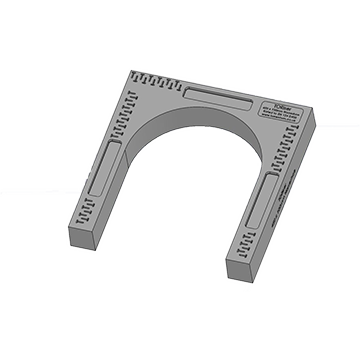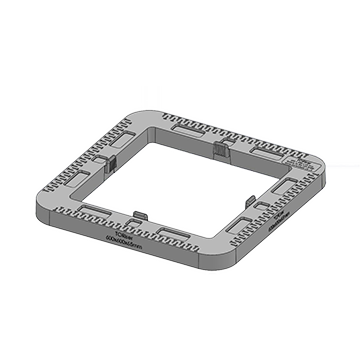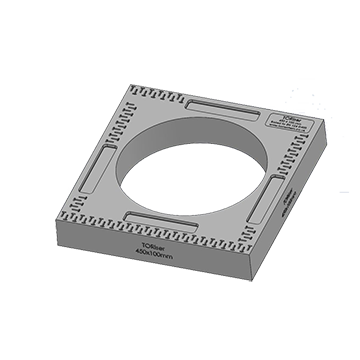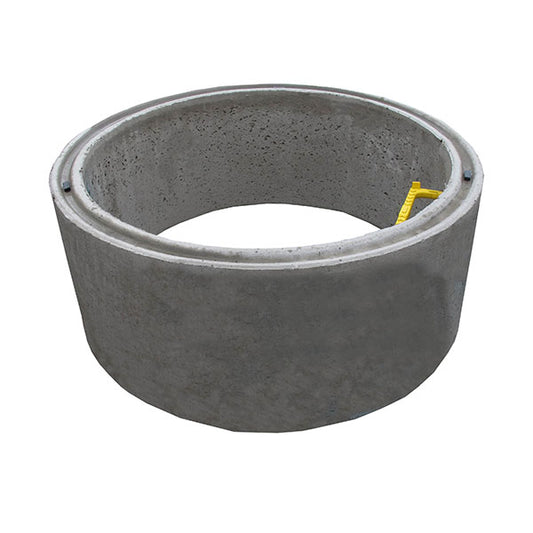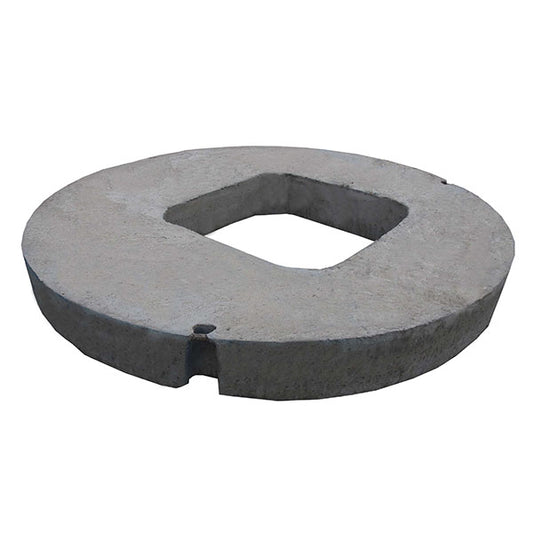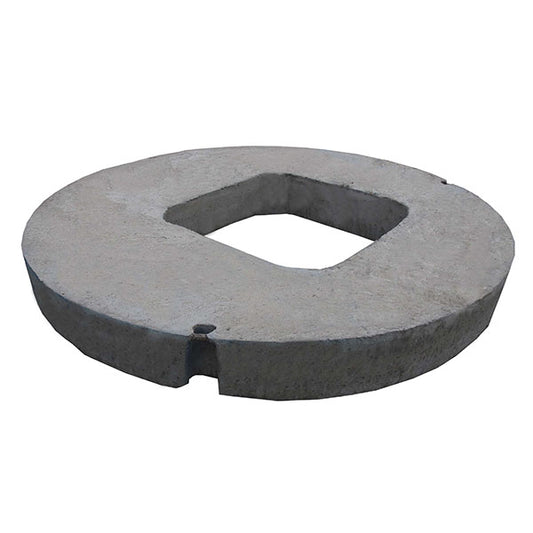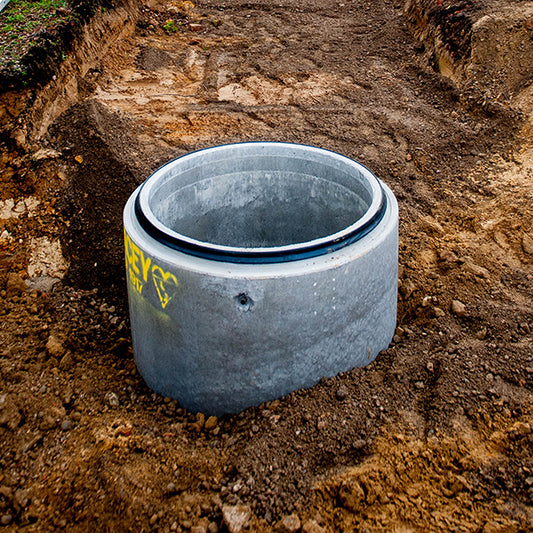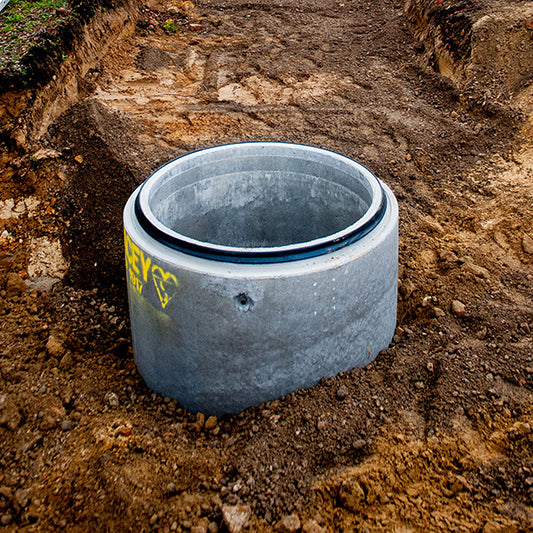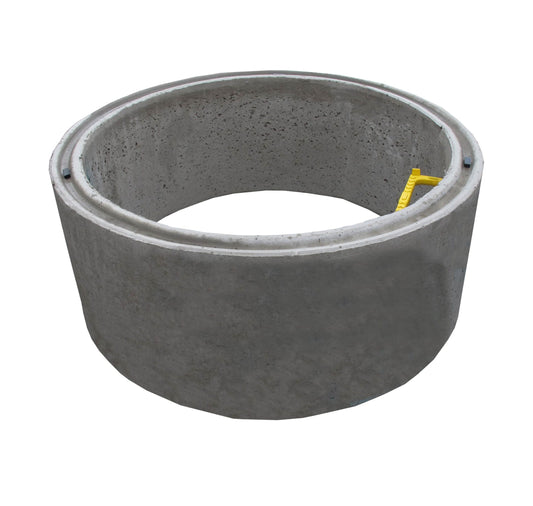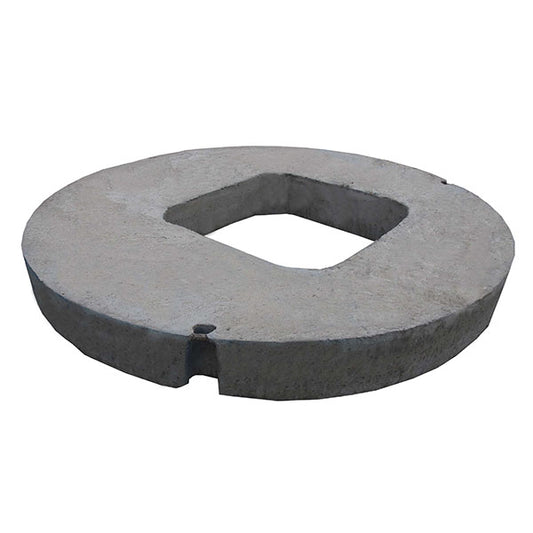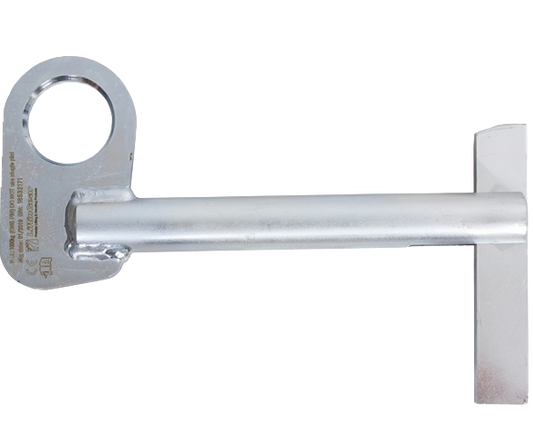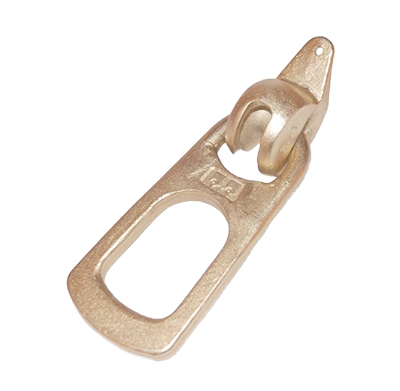It is clear that the future of the construction industry is dynamic, driven by technology, and even has undertones of a science fiction novel. What can we expect this year from the construction industry? And what are the practical solutions that our AI counterparts can offer us?
Read on to discover the developing relationship between technology and construction, and its dominance in 2023.
1 - Drone Take Off
If you’re a project manager looking for a trusty side-kick, then investing in a drone could make your life much easier.
Drones are increasingly used in the construction sector due to their extensive list of benefits which make complex projects easier to implement.
They can be used to survey vast areas and obtain large amounts of data much quicker than their human counterparts, which boosts efficiency and provides an easier process. It is also safer to use a drone to view and analyse hard-to-reach and potentially dangerous areas.
Site modelling can be created using intricate data obtained from the unique view in the air, due to the height and quality of footage drones can achieve. This increases accuracy and allows for easy collaboration between contractors. Progress during construction can be easily monitored through features such as timelapse which give an accurate depiction of how well the time-frame for completion has been achieved. Security surveillance is another major benefit of drones, as contractors can use this technology to inspect the site and ensure its safety.
Drone use is cost-effective as not only does it replace many precious human hours of labour, but it encourages further innovation in this sector due to the amount and quality of data that was previously unobtainable.
2 - Life in 3D Part 1 - 3D Printing…Where Will It Take Us?
In 2023, 3D printing goes far beyond product prototypes, and is hurtling towards complete buildings, bridges and even cities being made from 3D printed materials. Asia is taking full advantage of this technology, as in 2016 a whole mansion was built in China, and the ‘Office of the Future’ was built in Dubai using only a 3D printer. The Netherlands have developed a 3D printing centre which has contributed to the construction of several 3D bridges across the country.
Why is it useful?
Although there is scepticism around 3D printing, it has many benefits which can speed up the construction process significantly. Projects can be reduced from potentially taking weeks to complete to days, or even days to a matter of hours depending on the project.
It also reduces the amount of waste produced which can be a problem for the construction industry, as waste materials create an unnecessary cost and have a negative impact on the environment. 3D printing may become a large factor in the contribution towards the world’s ultimate goal of becoming carbon net zero in the coming years.
3 - Sustainability - How The Construction Industry Is Improving The Lives Of Future Generations, One Recycled Plastic Product At A Time
As one of the top users of natural resources in the world, it is understandable that sustainability is one of the key topics in construction to be discussed in 2023. We must put into action measures that will actively reduce our carbon footprint to make a real difference and improve the livelihoods of future generations.
In terms of construction, the aim is to have a minimal impact on the environment for the whole life-span of the structure. The area around the site must be protected, and the materials and methods used in the construction itself must be carefully considered with the environmental impact in mind. After all, it is future generations that will also be enjoying the structures being built.
So…what can the industry do to help?
Renewable energy sources such as solar panels are an excellent way to integrate methods of the future into today’s projects. Sustainable energy is the way forward, and is a large contributor to the net zero emissions goal.
Not only is it important to build renewable energy sources into new buildings, but it’s also key to build infrastructure that can reduce the energy consumption of the structure once completed. This will help to attain long-term sustainability goals.
Using recycled materials in the construction process is another major way that we can address our environmental impact.
Here at Cotterill Civils, we have recently introduced a product range called TORiser by Torrent Water Management which use recycled materials to create products with heavy-duty HDPE. Products available include seating rings and gully risers which are used in conjunction with inspection chambers and gully pots used in groundworks. Their products are ultra-lightweight which not only helps the manual handling on site, but also reduces the load on the transportation vehicle which reduces CO2 emissions.
Click here to view the full TORiser range.
4 - Life in 3D Part 2 - BIM: it’s uses and benefits explained
Building Information Modelling also known as BIM is the ultimate tool for collaborative planning within the construction industry. It is software which allows all relevant persons involved in the construction process to create, edit, view and share information including 3D modelling to visualise the structure which is being built. It can contain a wide variety of information including geospatial, financial and logistical information which makes it an excellent resource for a variation of specialist contractors involved in the process to connect from one point of collaboration.
Here are the 4 key elements of BIM:
- Assessment - This is where the initial assessment for the project begins where it’s important to assess the skills within the team and make sure everyone has access to the technology.
- Project Preparation - Check all participants are comfortable using the technology and ensure methods of communication alongside use of software is standardised for all parties involved. This presents the perfect opportunity for training and skill development.
Benefits of BIM
BIM offers a 3D modelling feature which provides a unique insight into the construction process; the detail here will add accuracy to the final build. It also reduces the room for human error, as the technology can identify potential errors early in the construction process. Previous methods such as blueprints or drawings are only 2 dimensional and are therefore more difficult to visualise the end effect, as well as being less intricate and accurate.
BIM is certainly an effective method in construction, and it’s gaining popularity rapidly. Expect to see more of this excellent technology in 2023.
5 - Smart Cities - The Cities Of The Future
So you’ve heard of smart phones, smart metres and smart speakers…but what about smart cities?
It is difficult to define the term ‘smart cities’, however it essentially refers to the use of AI and ‘smart’ technologies to improve the lives of people today, and in the future. Infrastructure in 2023 needs to have sustainable measures in place to protect our planet long-term and also improve the livelihoods of our people.
Following on from BIM, building Digital Twins is an excellent way to discover new ways to make buildings more sustainable and efficient. A digital replica of a building can be created which provides a platform for sustainable innovation to be achieved through the manipulation and study of previous designs.
By installing the Internet of Things (IoT) into structures, data can be collected which provides information and uses it to optimise efficiency for the building. It does this by using functions such as sensors which determine energy consumption, lighting, heating and cooling. By utilising this data, wastage can be minimised. Smart buildings can even seasonally store thermal energy which maximises efficiency and harnesses sustainable resources.
At Cotterill Civils, we supply ducting pipe which can be installed underground to transport the relevant elements. It is used to highlight to engineers the type of material it is carrying through it by its colour, which is universally colour coordinated. We supply electrical, gas and water ducting, which are effective when installed in all types of cities!
Click here to view our full range of ducting pipe.
Smart cities ultimately improve the quality of living for inhabitants while also having a positive impact on the environment.
There will be those who fear the use of AI in the world, especially in the construction industry which was built on the honest use of pen-to-paper methods. However, by embracing the use of smart technologies, we not only reduce the risk of error by our very nature, we also increase efficiency, productivity and make the world a more sustainable and optimistic place to live in.
And surely, that’s the ultimate goal, right?






